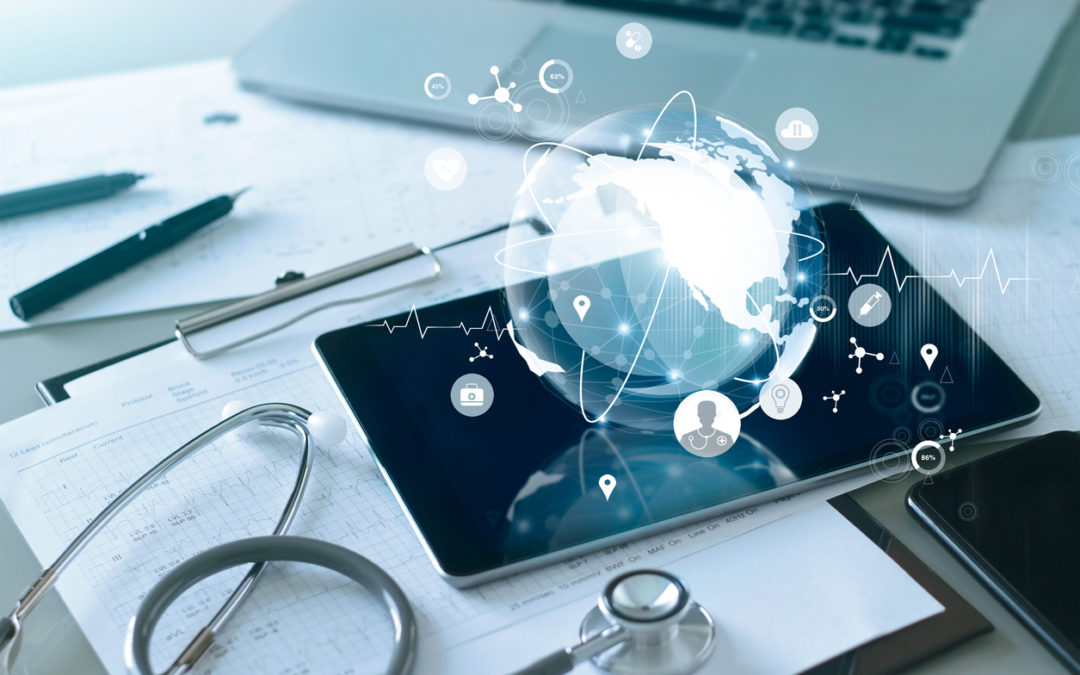A critical part of treating patients is identifying exactly what injuries and ailments they are struggling with. To that end, medical professionals rely on a great many diagnostic tools to help them accurately identify patients’ health conditions. Some of the devices are multipurpose, while others are more targeted—but all are important tools in a clinician’s diagnostic kit. Here are nine essential diagnostic tools that all clinicians in scrubs should have.
1. Stethoscope
No clinician can be without their trusty stethoscope. These devices allow medical professionals to listen to the heart, lungs, and other vital organs, helping them give more accurate diagnoses and better treat patients. There are many different types of stethoscopes available for every budget. If you’re looking for something more technologically advanced, you can also look into getting a Bluetooth stethoscope, which offers capabilities such as audio amplification and recording clips. Bluetooth stethoscopes are an especially good choice for providers who have hearing impairments or loss, and thus struggle to use a traditional stethoscope.
Once an afterthought in some circles, pulse oximeters are now experiencing a time in the spotlight due to the ongoing coronavirus pandemic. (Low oxygen levels are an early warning sign that medical intervention may be needed in COVID-19 patients who otherwise seem to be doing well.) Pulse oximeters measure the percentage of blood hemoglobin carrying oxygen by passing a beam of red light through the fingertip and assessing how much light is absorbed. You should absolutely have one of these diagnostic tools in your nursing bag, especially if you work with patients who are likely to have COVID-19.
3. Thermometer
Speaking of tools that can be used to diagnose coronavirus, you should definitely have a thermometer on hand as well. There are many different types of thermometers available. The fastest and most accurate is a digital thermometer, which uses a metal probe to take the temperature, which it displays on the digital screen readout. However, infrared “no touch” forehead thermometers are also getting a lot of attention these days, as they cut down on the risk of transmission. Whatever type of thermometer you decide on, make sure that you thoroughly clean it before and after each use, even if it doesn’t actually touch the patient.
4. Reflex Hammer
The humble reflex hammer can be used to diagnose joint reflexes as well as bone fractures in the joint. Go with the classic triangle-head Taylor hammer, or choose from several other designs, such as the Buck and Babinski hammers. Most hammers cost only a few dollars apiece, so there’s really no excuse for not having one among your clinical supplies.
5. Blood Pressure Cuff
Blood oxygen levels aren’t the only thing about the blood that can help you diagnose health conditions. Blood pressure is also an indicator of heart disease and stroke risk. Combined with a stethoscope, a traditional blood pressure cuff will help you measure both the systolic and diastolic blood pressure. Alongside a stethoscope, this is one of those diagnostic tools that you should never be without.
6. Penlight
Another affordable yet essential diagnostic tool, penlights are used to assess pupil response and check for injuries such as a concussion. They can also be used in a pinch to look into cavities, such as the ears and throat, though dedicated diagnostic tools are more convenient for that. Most pens come with a pupil gauge on the side to help clinicians quickly assess pupil size. If you tend to lose your penlights, look for one with a clip that will help it stay put.
7. Ophthalmoscope
An ophthalmoscope is a specialized light that allows you to look directly into a patient’s eyes—or rather the back of their eyeballs—which can be used to assess the health of the retina, optic nerve, vasculature, and vitreous humor. This specially designed light lets clinicians examine the eye without blinding the patient. Ophthalmoscopes are often sold in a set with otoscopes. These two devices should not be confused for each other, despite the similar names. Otoscopes should not be used in place of ophthalmoscopes and vice versa, as the eye is a very delicate organ that needs to be examined carefully.
8. Otoscope
An otoscope is a specialized light that clinicians use to examine the ears and sometimes also the throat. The light is focused using a disposable plastic tip, which also helps protect the light from unsanitary ear wax and other substances. Using an otoscope, clinicians can look directly into the ear to assess the health of the eardrum and ear canal, as well as check for any blockages or injuries. Make sure to change out the disposable tip after each time you use the otoscope to keep yourself and your patients safe.
9. ECG Machines
Historically, ECG machines have been large, clunky and expensive. However, thanks to technological advancements, ECG devices are now shrinking and becoming more portable and affordable. One especially exciting development is the Eko DUO Stethoscope, which combines the benefits of a digital stethoscope with the functionality of an ECG machine. With the DUO, you can listen to your patient’s heart and lungs and then immediately take a reading of their heart’s electrical signals. As technology continues to improve, we will no doubt see more and more accessible devices such as the Eko DUO stethoscope come onto the market for clinicians.
Diagnosing a patient isn’t always easy, but diagnostic tools can help aid the process and give more insights into a patient’s state of health. Whether you’re new to the medical field or a seasoned clinician, you should definitely include these nine diagnostic tools among your clinical supplies.
- Five Unusual Nursing Jobs: Is One of Them Right for You? - May 6, 2022
- 5 Specialty Career Choices for Nurses - December 20, 2021
- 4 Tips for a Successful Nursing Orientation - December 13, 2021






